Key Points
- Department of Education managed loans now have zero percent interest and waived payments through September 2021.
- As of March 31, 2021, FFEL loans in default also qualify for zero interest and the end to wage garnishments and tax levies until the pandemic ends.
- Paused payments are not loan forgiveness.
- COVID-19 payment and interest relief do not apply to private student loans.

In 2021, student loan debt balances rose to 1.74 trillion dollars across 45 million borrowers. The total debt places student loans behind mortgages but ahead of credit cards and auto loans. On an individual level, it means the average person graduating with a bachelor’s degree has a starting loan balance of $28,950, where graduate students have an average balance of $71,000.
Student debt is not just a challenge for Millennials. You might expect most borrowers to be under 50. Indeed under 50 borrowers have $36.8 billion in outstanding balances because it typically takes more than a decade to pay off student loans. However, between students returning to the classroom to update their skillsets and parents or grandparents taking out loans on behalf of students, another 8.5 billion borrowers over 50 are still paying student debt.
Carrying high student loan balances well into your career can impact your finances in other ways. It may delay your ability to purchase a home, reduce the amount you set aside for retirement, or influence the help you offer your children to pay for college.
There is a lot of talk about student loan forgiveness, but to date, nothing has materialized into an actual policy. In the meantime, the COVID-19 relief packages did send some help.
Here is what you need to know:
COVID-19 Relief in 2020 and 2021
Congress included COVID-19 relief in the first measure passed in March 2020. The CARES Act authorized the Federal Student Aid office to reduce student loan interest on Department of Education-owned loans to zero percent. The law also suspended payments until September 30, 2020. Since then, both Trump and Biden extended the relief by executive order through at least September 30, 2021.
On March 30, 2021, the Department of Education (DOE) expanded emergency relief to include defaulted FFEL Federal Family Education Loans, retroactive to March 13, 2020. The measure helps borrowers by reducing interest to zero percent, matching the assistance offered on DOE-owned loans. The expanded action will assist an additional 1.14 million borrowers.
Qualified students automatically receive the benefits without having to apply or request help.
How the Payment Holiday Impacts Loan Forgiveness
In addition to a forbearance on student loan payments and zero percent interest, the CARES Act considers missed payments as on-time payments for the purpose of loan forgiveness. Both income-driven and public student loan forgiveness programs require a set number of payments before the borrower qualifies for a loan discharge of remaining balances. The ACT advances the qualifications of forgiveness during the payment holiday.
Collection Actions on Student Loans
The Department of Education hires collection agencies to contact you regarding defaulted student loans. When this happens, you become liable for the principal and interest along with the collection agency fees, which adds 17.92% to your balance. If you fail to make payment arrangements, the agency can garnish your wages, capture tax refunds, and even get part of your federal benefits usually protected against garnishment.
In its March 31, 2021 directive, the DOE agreed to stop collecting on student loan debt and took steps to return garnished wages and tax refunds until the pandemic ends.
If your account goes into default, you cannot qualify for an income-based repayment plan or obtain other relief such as a forbearance, which could help you manage your student loans.
